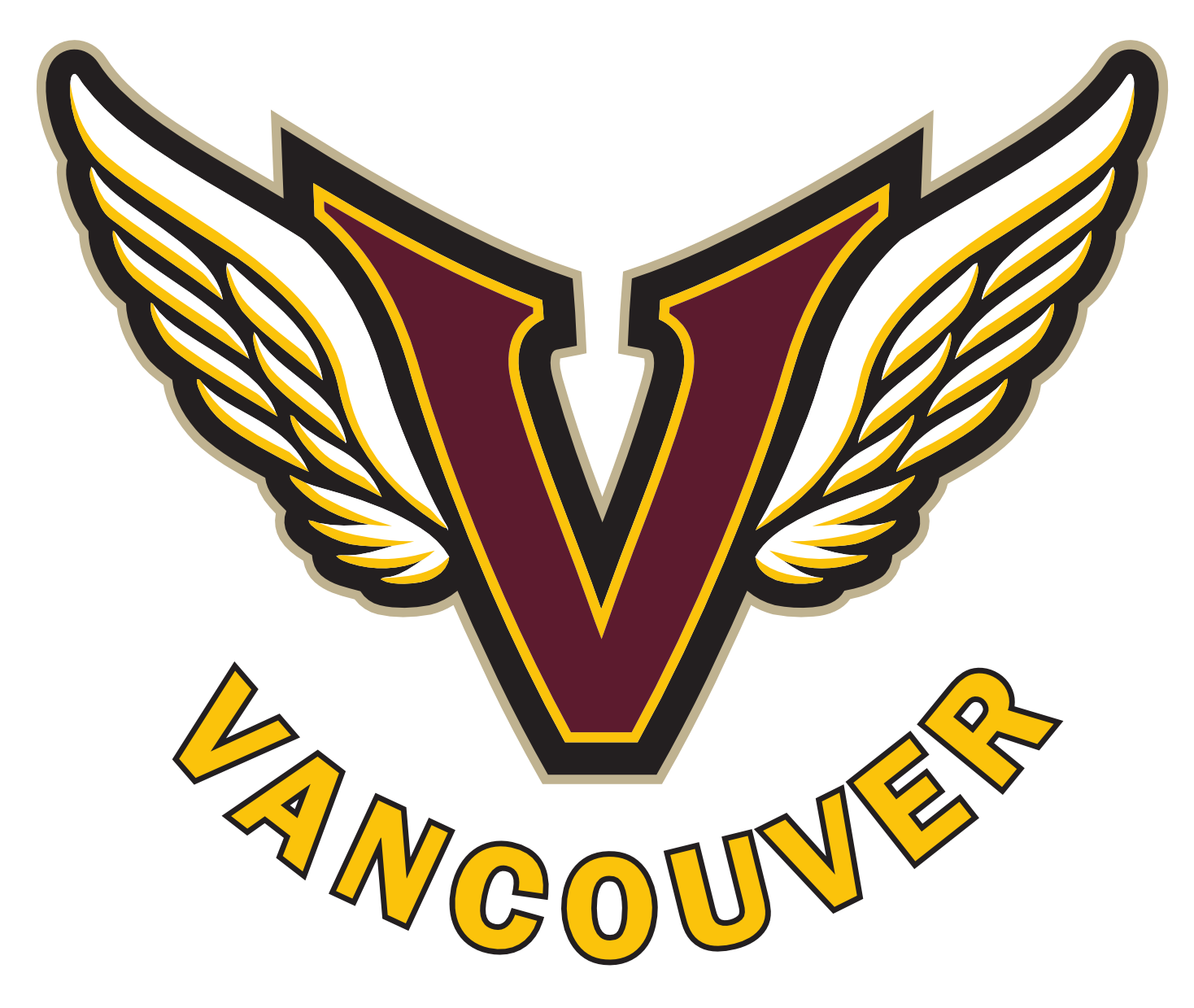Dressing Room / Locker Room Monitoring
- Players should be supervised at all times. A lone personnel member should never be in the dressing room with a player at any time, especially when they are showering or changing: two (2) adults should be present together; this is called the “Two Deep Method” of supervision.
- There shall be 2 female supervisors with players when possible. If not possible (1) male and (1) female supervisor.
Injury Treatment
The safety person should avoid treating injuries out of sight of others. Use the “Two Deep Method” supervision system.
Road Trips
Ideally, team personnel and players should not share accommodations, regardless of the cost saving benefits. If sharing a room is unavoidable, be sure that the “Two Deep Method” rule is observed at all times.
Physical Contact
Team personnel should avoid touching a player. The comfort and dignity of the player should always be the priority. Limit touching to “safe” areas such as hand to shoulder.
Isolated Spaces
Parents/guardians should never leave their child unsupervised in a facility, nor should they leave their child alone with a single personnel member (use the Two Deep Method).
Sports and Training Facilities
Participants who are minors are not to be left waiting in a facility without the supervision of their parent/guardian or personnel member (Two Deep Method).
Parents in Locker Rooms
- With the exception of U7, U9 and U11, we discourage parents from entering the locker rooms unless it is truly necessary. If a players needs help with her gear, if a player is injured or may be injured, or if a player’s disability warrants assistance, then we ask parents to let the coach know beforehand that he or she will be helping the player.
- Naturally, with our youngest age groups it is necessary for parents to assist the players getting dressed. We encourage parents to teach their players as young as possible how to get dressed so that they will learn as early as possible how to put on their gear independently. In circumstances where parents are permitted in the locker room, coaches are permitted to ask parents to leave for a short time before and after the game so coaches may address the players. As players get older, the coach may in his or her discretion prohibit parents from a locker room. In general, parents should not enter the dressing room if the players undress to less than shorts and t-shirts.
- Female players will not undress to less that a minimum of shorts and a t-shirt while males are present.
Smart Phones and Other Mobile Recording Devices
Smart phones and other mobile devices with recording capabilities, including voice recording, still cameras and video cameras, are not permitted to be used in the locker rooms. If phones or mobile devices must be used, they should be taken outside of the dressing room.
Safety Rules and Regulations
- It is MANDATORY that all coaches and helpers wear helmets on the ice.
- At no time are parents/spectators allowed behind the bench. This includes during practices. These areas are not adequately protected by glass and hence are restricted to team or game officials only.
- Players are not permitted on the ice if there is no authorized coach or on-ice help in attendance.
- When on the ice for practices and games, please make sure all bench doors are closed.
Hockey Canada Safety Program (HCSP)
The Hockey Canada Safety Program utilizes a proactive, preventative, common sense approach to keeping our children safe. The goal of the program is for the safety people to implement effective risk management programs with their own teams where player safety is the first priority at all times, both on and off the ice.
The safety person is a volunteer who has become HCSP certified. This certification program must be successfully completed every three years in order to be a team’s safety person, even if the individual is a medical professional.
Additional information can be found at http://www.hockeycanada.ca
The safety person:
- Must conduct regular checks of players’ equipment.
- Is responsible for promoting proper warm up and conditioning techniques as a form of injury prevention.
- Establishes medical history files on every player and caries these files and the team first aid kit on every outing.
- Implements an Emergency Action Plan for the team and through this is prepared to react in the event of accidents, injuries and medical emergencies.
- Manages all injuries, learns to recognize serious injuries and refers injured players to qualified professionals.
- Must assume a leadership role in promoting the values of safety, fair play and integrity.
ThinkFirst SMART HOCKEY
The new ThinkFirst SMART HOCKEY video, presented by Scotiabank and Reebok CCM Hockey. This video features John Tavares, Tessa Bonhomme, Patrice Bergeron, Tyler Myers and Caroline Ouellette and has information on concussion, protecting your brain and spinal cord, as well as and return-to-play after you have recovered from concussion symptoms. Developed and reviewed in consultation with a team of multidisciplinary experts including members of ThinkFirst Canada's Concussion Education and Awareness Committee, sports medicine doctors, neurosurgeons, physiotherapists, researchers and concussion experts in Canada, this video was also developed in keeping with the International Zurich Consensus Statement on Concussion in Sport. This video has been endorsed by the NHL, NHLPA, the IIHF and Hockey Canada. This video is a must for young hockey players and their families, and also for their coaches, referees, trainers, league officials and for the medical personnel who provide treatment for active and injured players.
This video is a must for hockey players to watch with coaches and families alike, so we can enjoy hockey for life! We recommend it for viewing at pre-season team meetings, with coaches, trainers, parents and players. Visit our concussion pages for more information on treatment and prevention.
VFIHA HCSP Manual
We have put together a manual for team HCSP/Safety People, with requirements, responsibilities, information on ePACT and player equipment:
